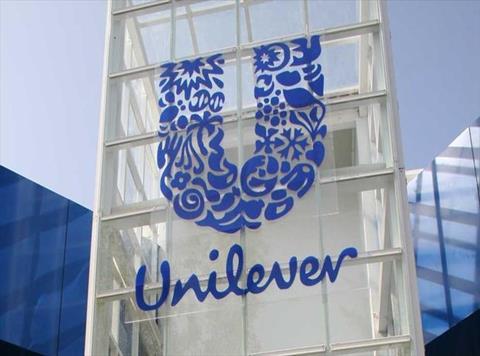
Get healthy, Unilever
Sir, I cut my fmcg marketing teeth at Unilever and ended my full-time global food & drink industry career at Kraft/Mondelez. I now run a healthier drinks startup business alongside a global innovation consultancy working with global food & drink companies to create healthier portfolios. So I am perhaps in a unique position to give a point of view on the Kraft Heinz-Unilever merger plan.
The acquisition would have given Kraft Heinz a route to market for complementary brands in emerging markets and improved their revenue growth targets in key food categories. Like Coke, Unilever has not fully embraced emerging healthier trends quite like Nestlé and Pepsi, so is vulnerable to this type of takeover. They spent millions fighting smaller, healthier rivals like Hampton Creek when they should have collaborating with nimble startups, as Campbell Soup and General Mills have done.
Sophia Nadur, via thegrocer.co.uk
The rise of app commerce
Sir, Last week’s top five retail trends from IGD (‘What factors will make NPD click with today’s shoppers?’ 18 February, p14) didn’t tell the whole story about the rise of app commerce in the food to go. With Amazon trialling cashless stores and Starbucks’ pre-order and pay app proving so popular it’s even caused bottlenecks in stores, 2017 may well be the year we find ourselves talking about app commerce more than m-commerce.
Foodservice app downloads alone grew at 35% from 2014 to 2016, as more people ordered food remotely and paid seamlessly in app. Tech is easing the daily grind of spending precious lunch break time in a queue. With the move to cashless and mobile order and pay expected to reach $38bn (£30m) by 2020 - nearly 11% of total QSR (quick service restaurant) sales - businesses slow to the mobile party need to reassess what their customers want.
Dennis Jones, CEO, Judopay
Spectrum of green
Sir, One in five consumers say they would buy a brand that effectively communicated sustainability credentials in its marketing, but many brands struggle to understand the spectrum of this audience, often defaulting to marketing to millennials. That’s a mistake. While there are those who think that the planet is already past the point of no return, others will buy into sustainability just to feel better about themselves. So where are your consumers on the spectrum of green?
Look to your existing social media communities for genuine insight. Embark on a full review of your social content strategy. Sustainability could become a content pillar in its own right or it could be weaved throughout the current content plan.
Jake Dubbins, MD, Media Bounty



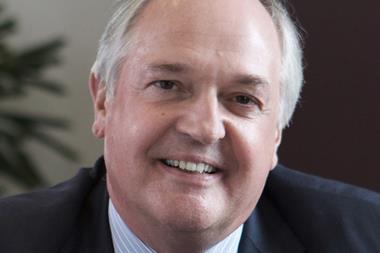
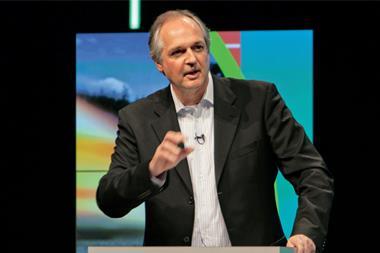


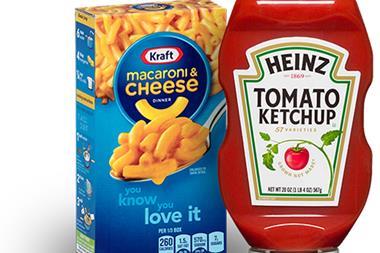
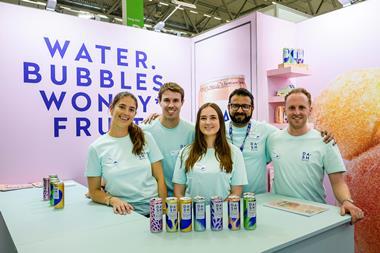






No comments yet